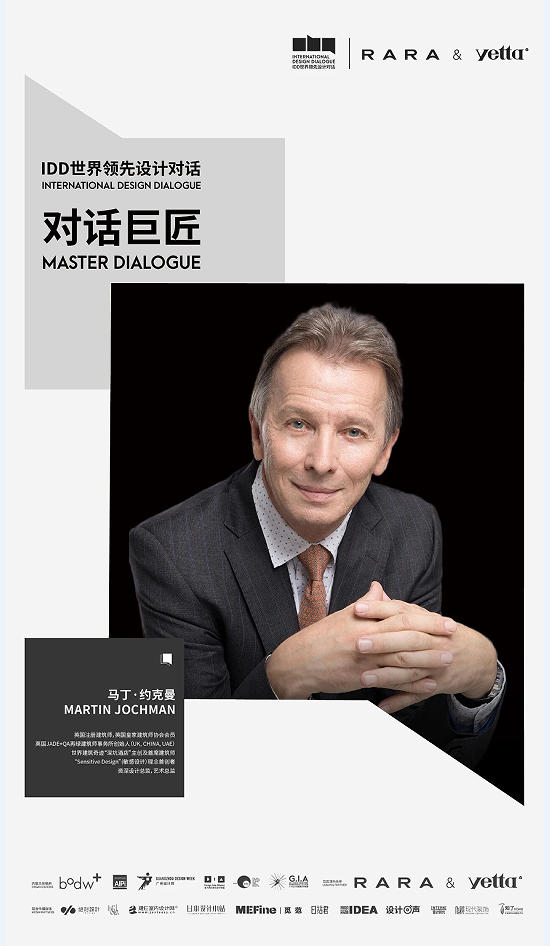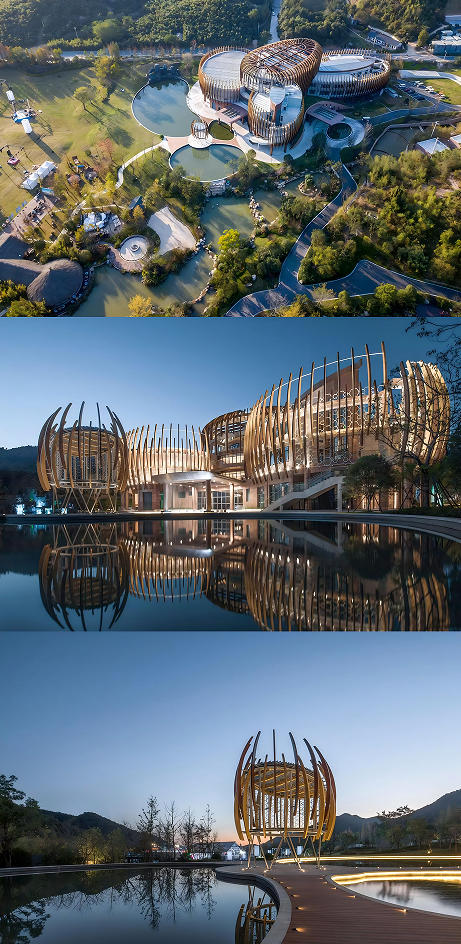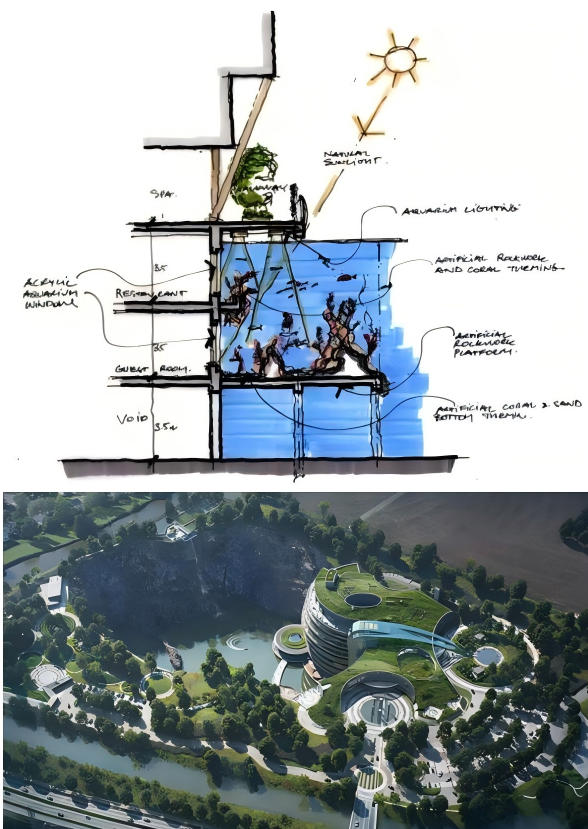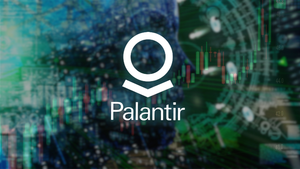For over a decade, Guangzhou Design Week has never ceased its dialogue and exchange between Chinese design and world-leading design philosophies. The International Design Dialogue (IDD) has established an annual operational framework centered around four core content pillars—Dialoguing with Masters, Discovering New Voices, Selecting Masterpieces, and Leading Strategy/Origin—supported by four major activity systems: Leading Release, Leading Think Feast, Leading Ceremony, and Leading Magic Camp, alongside a annual Host City program. This comprehensive system is dedicated to fostering dialogue, exchange, and development between world-leading design and Chinese design.

Dialoguing With Masters To Follow The Leading
IDD will identify and honor "IDD Design Masters of the Year" by nominating leading figures or institutions from around the world who have made significant achievements, practices, and contemplations in the field of design. This process involves collaboration with leading Chinese and international design institutions, organizations, and media. Throughout the year, IDD engages these Masters through interviews, speech forums, and other formats to delve into their thoughts. These interactions are curated into specialized interview features and other content, which are subsequently disseminated and showcased through leading communication platforms and channels both in China and abroad. The ultimate goal is to gather and share leading global design philosophies, hoping to inspire the renewal and development of the design industry in China and beyond.
In this issue, we step into the UK-based architectural firm JADE+QA (Re-lv Architects), engaging in a dialogue with the architectural wizard—Martin Jochman, one of China's most accomplished foreign design masters—to explore the forward-thinking ethos behind internationally renowned architectural practices.
Dialoguing With Masters To Follow The Leading
Martin Jochman
JADE + QA Architects
Principal Director and Senior Design Director
ARB(UK), Royal Institute of British Architects
01
Q&A Martin Jochman
Q1
Mr. Jochman, you have often been described as a“translator of the earth”, weaving millions of years of geological narrative and a philosophy of care—for nature, humanity and the future—into your architecture. In your view, what qualities does such a design philosophy endow buildings with that traditional approaches can scarcely attain?
A1
The design philosophy I have developed through my life’s work and is expressed clearly in my designs for the Shanghai Wonderland Intercontinental and the Moganshan Joe Lalli Hotel project, I call the ‘Sensitive Design’. It draws on human sensitivity and intuitive emotional and artistic approach to solve the complexities of the architecture. Tits intention is to embed in the spaces and physical volume of the building a more intuitive and personal message enabling the user to gain deep connection with the both internal and external architectural space and to provide more spiritual uplifting positive experience.
Q2
Transforming an abandoned quarry into the InterContinental Shanghai Wonderland was undoubtedly an architectural miracle. Facing such an extraordinary challenge, how did you translate the inspiration you drew from rock strata and flowing water into a structure that is at once safe, functional and breathtakingly unique? What was the most daunting challenge that kept you awake at night?
A2
It was essential to take the inspiration for the building and the massing elements from the quarry and its location in order to make it fit into such unique site. It was then my design philosophy of ‘Sensitive Design’ that led me intuitively to the solution of the concept of Green hill/Rocky terraces and Waterfall using a quick abstract hand drawn sketch. This concept needed to be expressed symbolically by the building’s massing, which could not overwhelm the volume of the quarry and by its elements such as the 2 storey ‘green hill’ containing the public areas above the quarry ground level, concave and convex guest wings and the undulating glass ‘waterfall’ lift core. Being such optimist I do not think any of the challenges the project presented kept me awake at night, however there were plenty to overcome.
Relating the scale and massing of the building to the environment and creating connection with the beautiful natural character of the quarry was the greatest challenge. As you know the main natural character of the quarry and its location can be simplified into three basic elements: Rocky cliffs, Abundant Green vegetation and Water. To make the building fit and to express these clearly and simply with the building’s massing elements, while satisfying all necessary hotel functions, was the greatest challenge. The technical challenges such as solving the structure, the water level of the quarry lagoon, inverted fire escape and the construction related challenges came next, but all those were solvable with the effort of the great team of engineers involved.
Q3
Your works consistently inspire awe. We are especially curious: when you observe the Chinese design market, what qualities do you find most compelling? Among the many project invitations you receive from China, what kind of brief instantly ignites your creative passion?
A3
Chinese market is constantly changing and as we know is very much affected by the economic situation. During the 20 years or more of my architectural activity in China I have been fortunate to experience the period of great construction activity, when clients were competing to produce the most iconic landmark building. This gave me opportunity to express myself as an architect and develop my design philosophy in very free way. During this time Chinese architects were developing the new Chinese modern style and were very much inspired by the International architectural community. Some remarkable buildings by many star architects embellished the Chinese cities.
In contrast I see now that the young Chinese architects have developed their own style fusing the best of the contemporary approach with traditional Chinese elements. Not copying the traditional architecture, but using its deeper inspiration in the materials,proportions and massing.
The most inspiring brief from my clients has always been the freedom of architectural expression to develop the design utilising my‘Sensitive Design’philosophy. Whilst in the past some clients would force their preferences by saying things such as :‘Give me a French style’( meaning mansard roofs and highly overdecorated‘Baroque’facades), the new generation of clients are more free with their requirements and prefer less decorative and more functional approach using up to date materials and construction.
About Martin Jochman
To Jochman, “nature” is not an abstract concept or decorative element but the very source of inspiration, form, and ethics in design. This conviction resonates across his diverse and challenging projects.
In his design philosophy, architecture is never a mere assemblage of concrete and steel; rather, it is an organic whole in which nature, history, culture, and human needs interweave. By delving deeply into a site’s geological character and deploying it with ingenuity, he imbues his buildings with richer meaning and enduring vitality.
This conviction runs through a practice as broad in scope as it is diverse in challenge. Nowhere is this more vividly expressed than in the world-renowned Jumeira Beach Hotel Development Wild Wadi. The complex's genesis lies in the emirate’s singular location on the Arabian Gulf and its long maritime heritage.The project compellingly demonstrates how Jochman elevates regional specificity into a globally resonant architectural language.

Sensitive Design: Precise Translation of the Earth’s Language
“Sensitive Design” is Jochman’s philosophy, transcending conventional aesthetics. Architecture must address function and technology, yet also perceive the external environment and express emotion—designing for nature, for people, and for the future. Buildings are inseparable organic wholes within their natural and social contexts.
When approaching a new project, he undertakes wide-ranging and in-depth research—historical, cultural, and physical—absorbing local habits, traditions, and climate. Intuition and emotion guide the initial concept, sketched first in pencil on paper. These abstract ideas are then tested against practical demands and constraints, refined iteratively until they become concrete design drawings.
Jochman never limits himself to the site’s geometry. In his eyes, rock strata, water erosion, and mineral veins are the earth’s primordial spatial syntax. He is not a copyist of tradition but a “translator” of the land’s language, weaving the vitality of deep time into structural logic.

Boundless Value: The Ultimate Expression of Natural Philosophy and Complex Integration
The unique value of Martin Jochman’s practice lies in the seamless fusion of a coherent, profound design ethos with the technical capacity to meet global-scale challenges.
His design principles possess remarkable cultural adaptability and universal relevance. Across every project runs a clear logic: deriving spatial languages of abstract beauty and functional rationality from the natural and cultural strata of each locale. This “sense of place” is not parochial regionalism but a narrative with global communicative power. His works bridge Eastern and Western sensibilities, resonating widely and proving architecture’s extraordinary capacity to mediate diverse cultural contexts.
Yet translating inspiration drawn from nature into breathtaking physical reality—especially in the mega-scale,extreme-environment projects he pursues—depends on peerless technical integration and comprehensive project management. Jumeira beach hotel development's Wild Wadi transforms arabian desert into a tropical paradise; the InterContinental Wonderland operates vertically within a 100-metre quarry, demanding complex geotechnical, structural, hydraulic, and logistical solutions. Facing such extreme challenges, Jochman is not only the visionary but the driving force behind execution, orchestrating vast teams of structural engineers, environmental consultants, MEP specialists, and contractors. Grounding bold artistic visions in rigorous technical and budgetary frameworks is central to the international acclaim he enjoys.

Martin Jochman’s career charts a practice that spans the globe, threaded by nature and marked by complex challenges. Beneath grand architectural propositions he sustains a humanistic spirit, instilling reverence for nature into the technical landscape and transmuting regional scars into poetic human habitats.
As a "Boundless Architect · Nature Healer" walking between East and West walking , Jochman demonstrates how responsible, culturally attuned, large-scale design can create more vital architecture—architecture that is not merely scenery, but an enduring dialogue between humanity and the natural world, continuously shaping contemporary explorations of space, environment, and civilization.
Media Contact
Company Name: GUANGZ ZHOU DESIGN WEEK
Contact Person: ORRERO CHAN
Email: Send Email
Country: China
Website: https://www.gzdesignweek.com/






